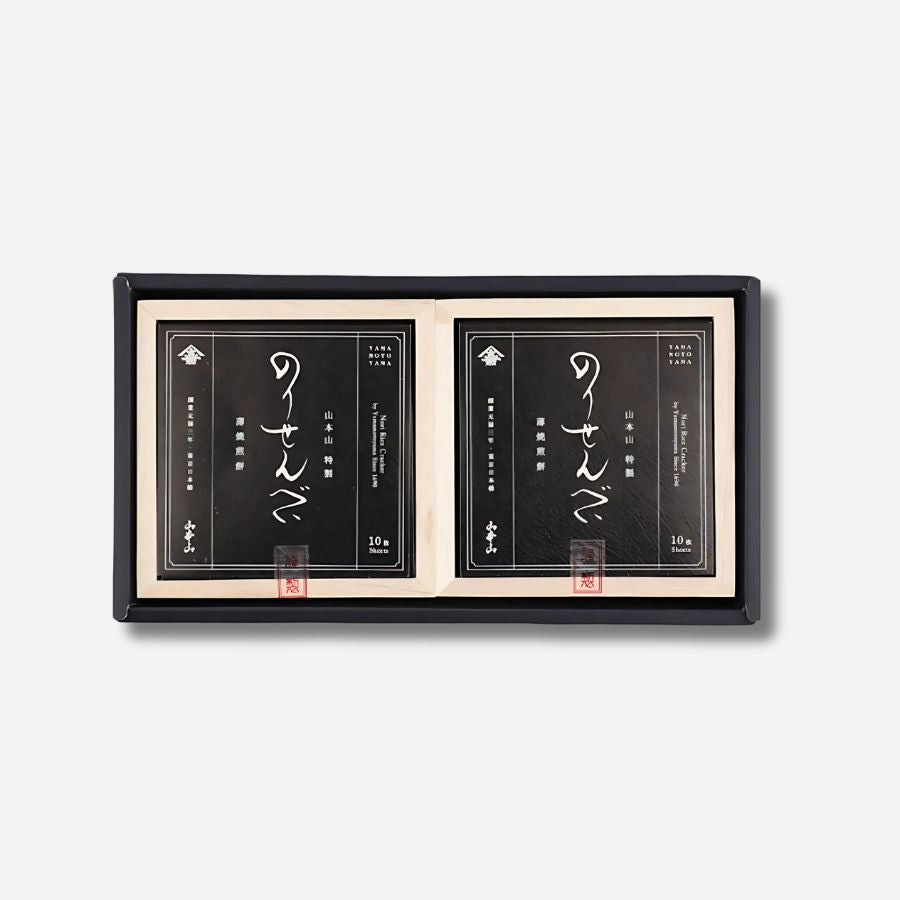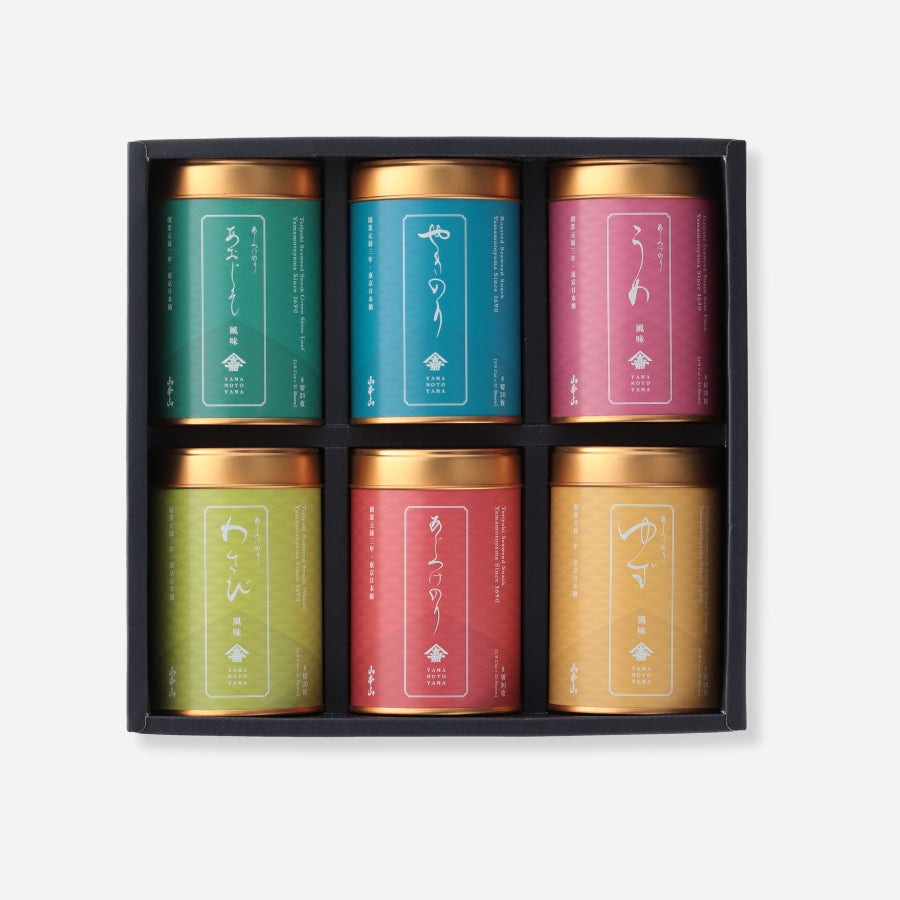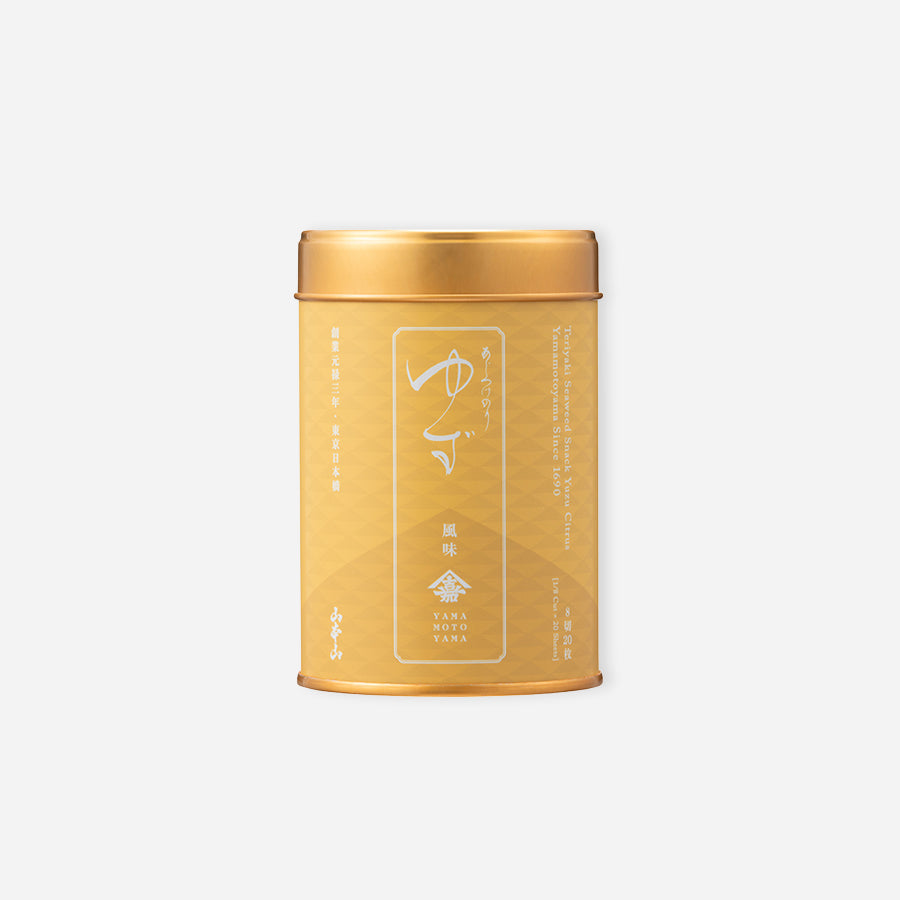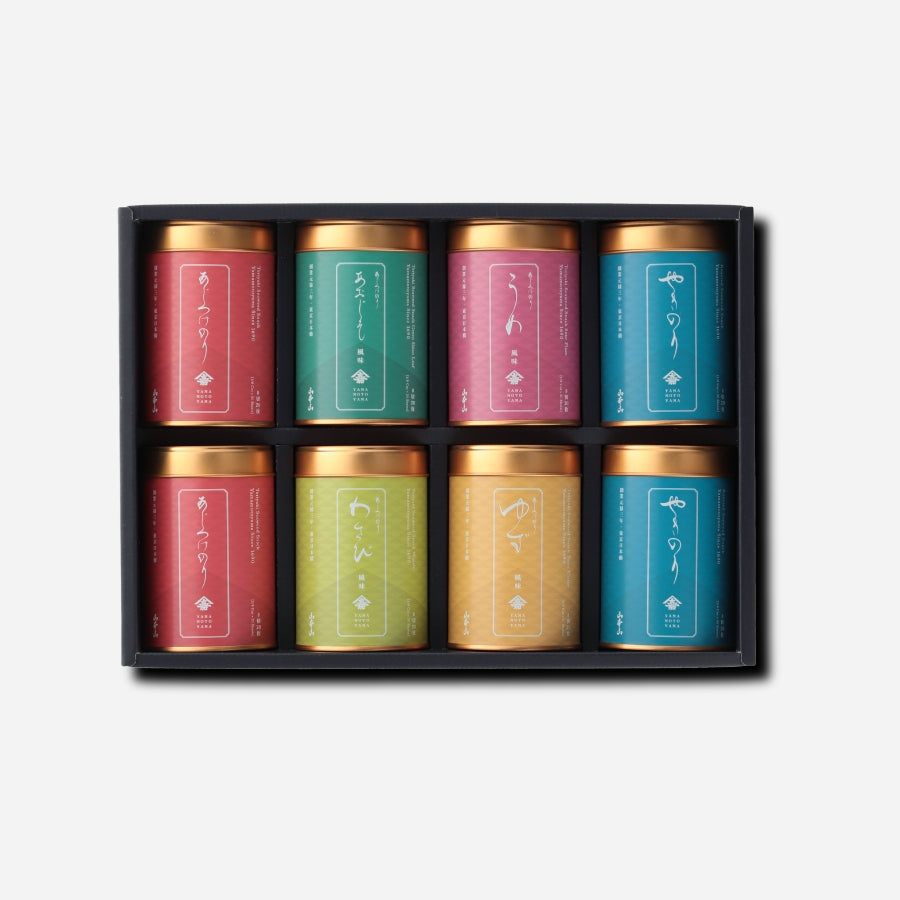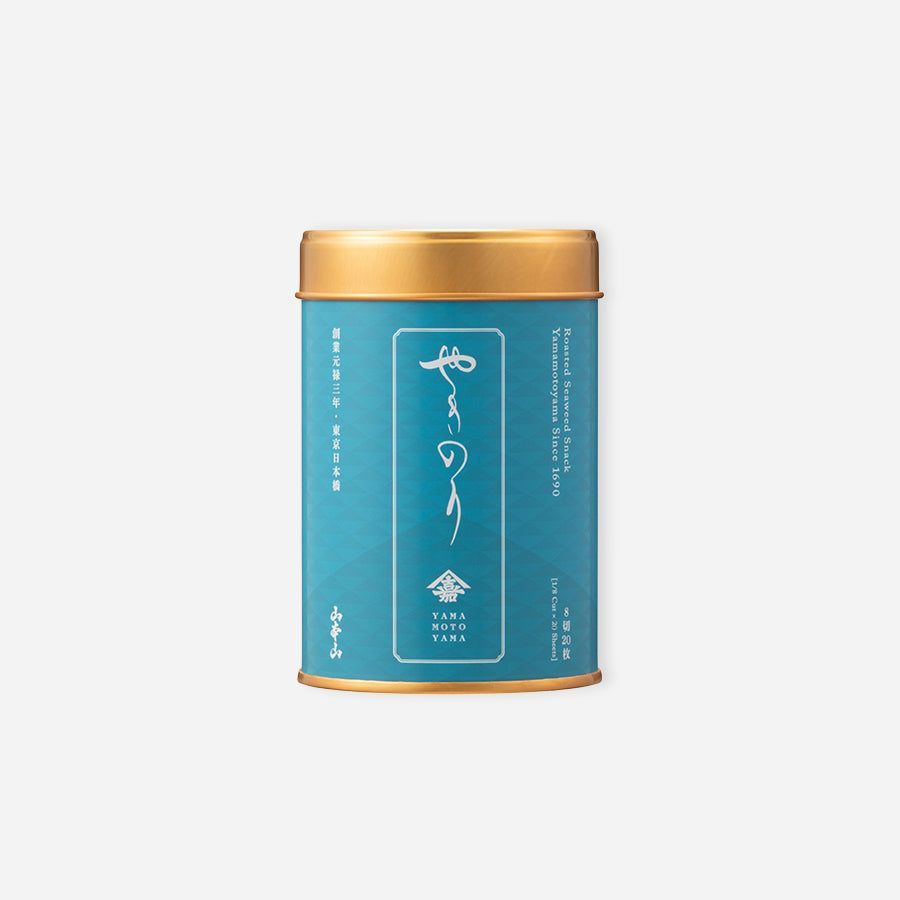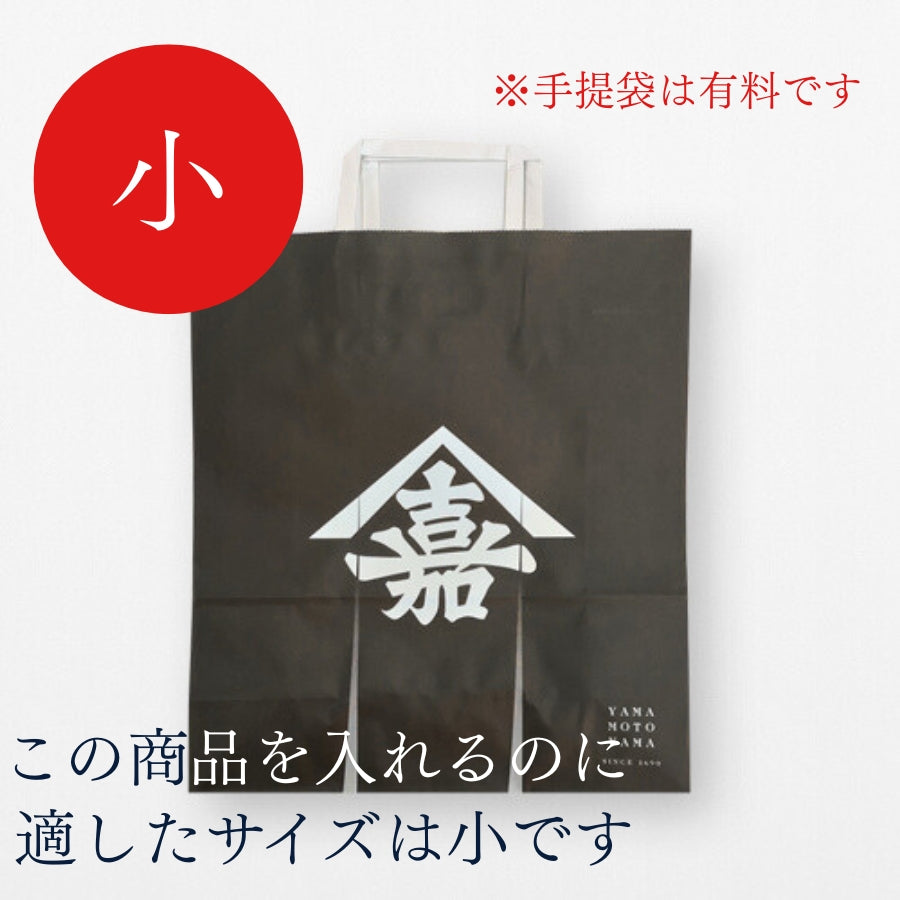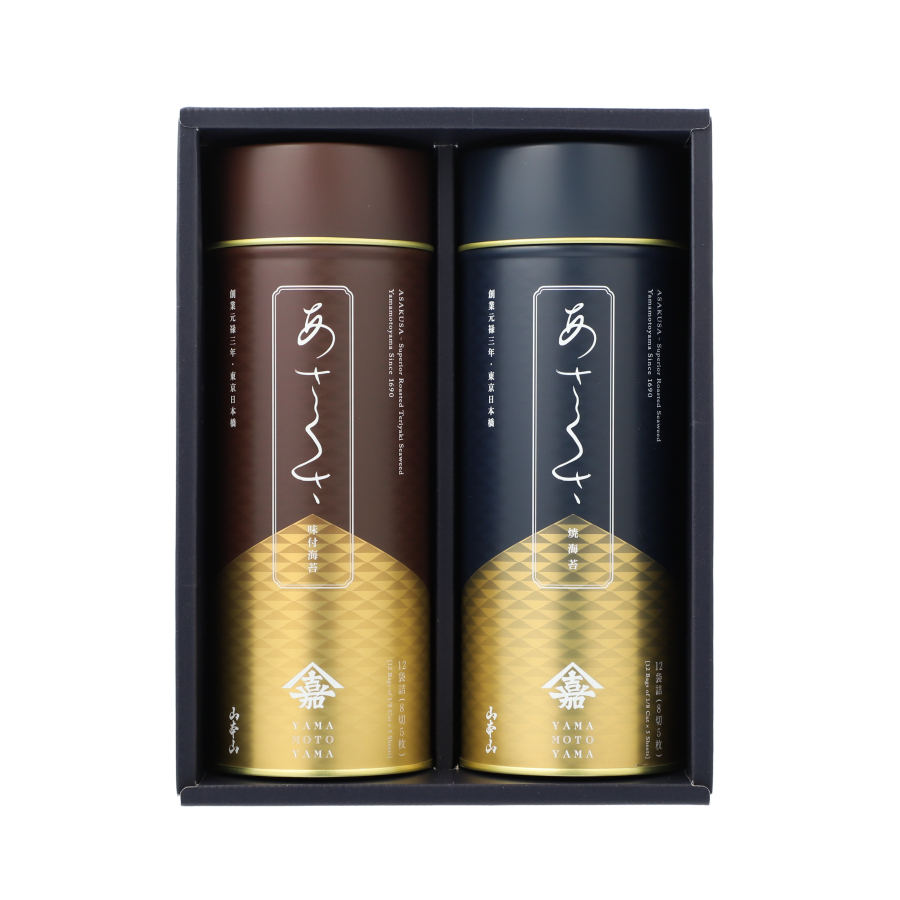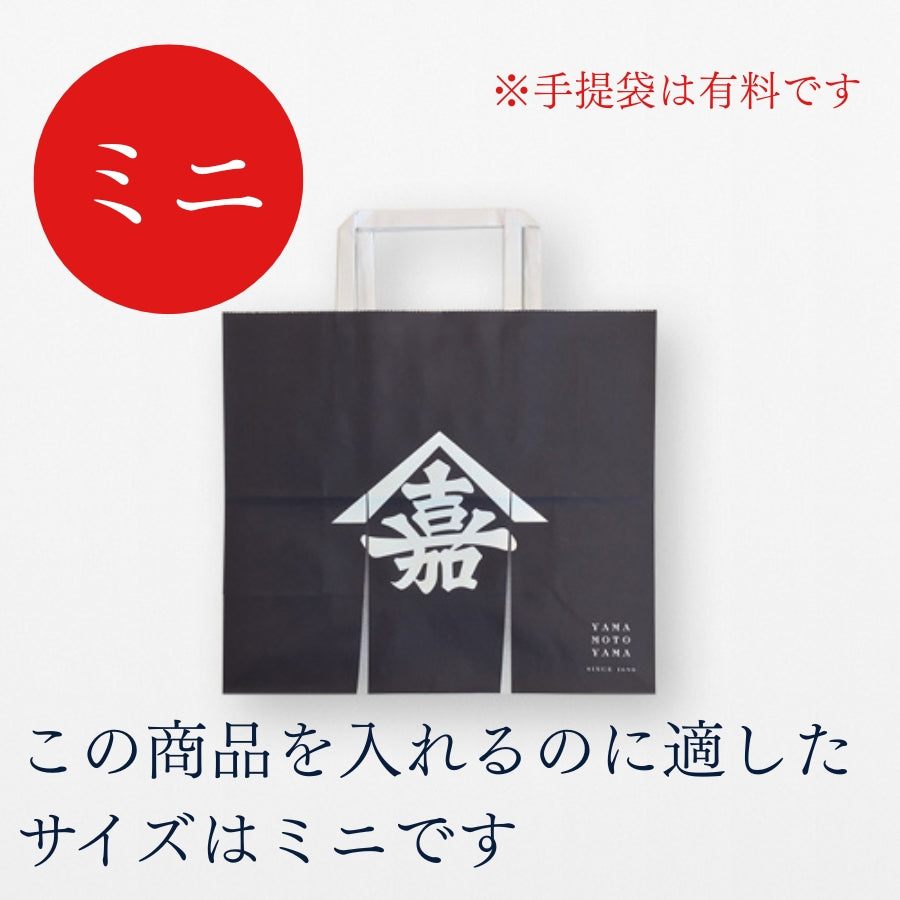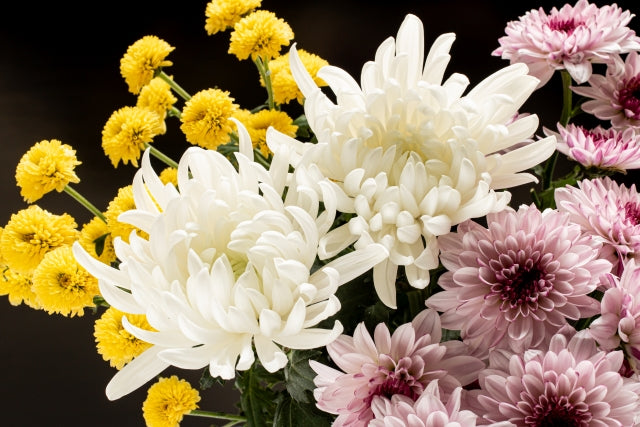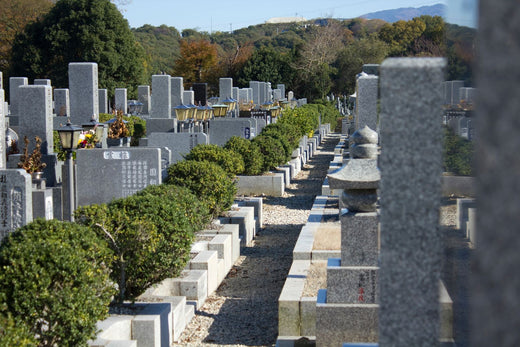
[For the memorial service of the deceased] What is a memorial service for a stupa? From the average price of the stupa to how to give it to someone
Introduction
In Buddhist memorial services, in sects other than Jodo Shinshu, there is a custom for the host and attendees to erect a stupa (a gravestone) and offer prayers for the deceased's soul.
A sotoba is a long, thin wooden board that is set up at Buddhist memorial services to pray for the repose of the deceased. It is generally placed behind the grave.

The meaning of erecting a stupa
Stupas have the posthumous posthumous name and Buddhist sutras of the deceased written on them, and are considered to be symbols of calming the spirit of the deceased and guiding them to the Pure Land.
There is no particular rule for the timing of erecting a stupa, but it is generally done at times such as the 49th day or first anniversary of a death, memorial services such as the burial ceremony, the anniversary of the death, Obon, or equinox, which are important milestones in the history of memorial services.
There is no set number of stupas, and it is possible to erect multiple stupas for each deceased person. Furthermore, not only the bereaved family members, but also those who had a connection with the deceased, such as close friends and relatives who attend the memorial service, can erect stupas.
Since the purpose of erecting a stupa is to hold a memorial service, it is said that they can be erected at any time. There is no rule that prohibits the erection of more than a certain number of stupas.

What is written on the stupa
There are various characters inscribed on the surface of the wooden stupa, but the following is generally written:
- Kaimyo: A name given to a person as a sign of becoming a Buddhist disciple
- Date of Death: The date the deceased died
- Sutra: A sutra expressing the teachings of Buddhism
- Sanskrit character: One character related to sky, wind, fire, water, and earth
- Client name: The name of the person who requested the stupa
- Date of memorial service: The date of the memorial service

Procedures for memorial services for stupas
As mentioned above, stupas can be erected not only by the family of the chief mourner, but also by attendees. Since it is an expression of a condolence wish, no one will be offended if a guest requests it.
If you are invited to a memorial service and would like to have a stupa memorial service performed, you should inform the host of the service in advance and inquire about the costs.
On the day, write "Stupa Memorial Fee" on a white envelope, wrap it separately from the offerings, and hand it to the donor, who will then take it all together and give it to the temple.

Temple Thanks
As an expression of gratitude to the temple, the donor wraps the offering in a white envelope, writes "offering" or "thank you," and hands it to the priest at the beginning of the memorial service.
If a priest comes to your home or the cemetery, you should wrap an "Okusha-dai" (travel allowance) for transportation costs. This should be wrapped whether or not you are providing transportation.
In addition, if no meal is prepared after the memorial service, a "meal fee" may also be included.

Cost of memorial service for stupas
If you are holding a memorial service for a stupa, you will need to wrap a "stupa fee" or "stupa memorial fee" in addition to the offering. Inquire at the temple in advance about the cost, and hand it over in a white envelope together with the other attendees.
The average price for a stupa is between 2,000 and 10,000 yen. It varies depending on the region and sect, but most households seem to spend between 3,000 and 5,000 yen.





